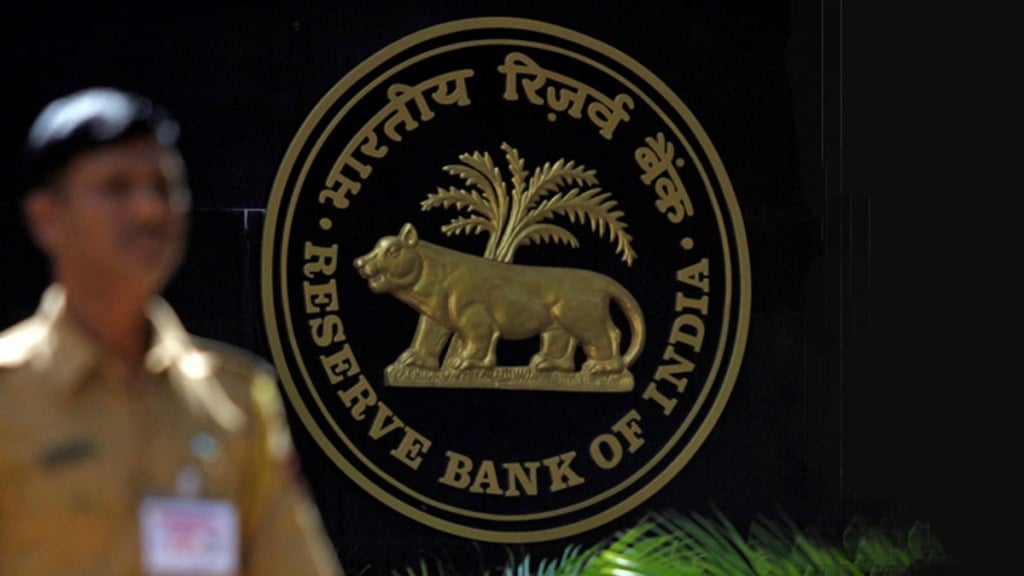RBI Monetary Policy Update: The Reserve Bank of India’s Monetary Policy Committee (MPC) kickstarted its three-day meeting today. Chaired by RBI Governor Shaktikanta Das, the meeting will run from December 4 to December 6, with the central bank governor announcing the policy decisions on Friday, December 6 at 10:00 am.
The RBI conducts six bi-monthly meetings each financial year to discuss repo rates, inflation outlook, GDP growth and other macroeconomic indicators. Before this, the MPC had met on October 7-9, and after the December meet, RBI MPC will hold its next meeting on February 5-7.
This meeting holds more significance amid major economic challenges, including lower than expected Q2 GDP growth dropping to a seven-quarter low of 5.4 per cent, with Gross Value Added (GVA) growth slowing to 5.8 per cent from 6.8 per cent in Q1, retail inflation based on the Consumer Price Index (CPI) surging to a 14-month high of 6.21 per cent in October, and declining production levels.
Further, the US Federal Reserve recent decision to lower its policy interest rate by 25 basis points (bps) to 4.5 per cent, the second cut this year, has also led to speculation on whether the RBI will follow suit in this meeting.
Highlights of October meeting
The RBI MPC, during its October meeting, decided to keep the policy repo rate unchanged at 6.50 per cent for the 10th consecutive time. Out of the six members of the MPC, five voted in favour of the decision, which was aimed at taming inflation. The RBI had changed its stance to Neutral and the focus remained unambiguously on inflation. The MPC had changed its stance in sync with the geopolitical conditions and the global growth challenges. The October meeting was the first meeting of the reconstituted MPC. Shaktikanta Das had announced the GDP growth projection for FY25 at 7.2 per cent and inflation for the financial year at 4.5 per cent.
Who are the RBI MPC members?
The panel headed by RBI Governor Shaktikanta Das has three external members who hold office for a period of four years and are routinely nominated and appointed by the central government. Earlier in October, the Centre had appointed three new members to the monetary policy panel. The new members are Saugata Bhattacharya, Economist; Dr Nagesh Kumar, Director and Chief Executive, Institute for Studies in Industrial Development; and Professor Ram Singh, Director, Delhi School of Economics, University of Delhi. The new members had joined internal members which include Chairperson Shaktikanta Das, RBI Deputy Governor in charge of monetary policy Michael Debabrata Patra and Executive Director monetary policy department of RBI Rajiv Ranjan.
Where to check RBI MPC announcements?
To get the updates from the RBI MPC announcements, one can refer to the following sources:
-RBI Official Website: The RBI publishes all MPC announcements, including press releases, policy statements, and minutes of meetings, on its official website. Visit the Monetary Policy section of the RBI website for the latest updates.
-Financial News Websites and TV Channels: Major financial news platforms, including FinancialExpress.com, cover RBI MPC meetings and announcements extensively. The announcements are also broadcast on all news channels.
-RBI’s Social Media Channels: The RBI maintains official social media profiles on platforms like Twitter and LinkedIn, where they may share key updates and announcements related to MPC meetings.
-Government Websites and Portals: Websites such as the Ministry of Finance or economic research portals often reference or provide links to RBI MPC announcements.
What to expect?
With the Q2 GDP growth recorded at below expected levels of 5.4 per cent and inflation surging to a 14-month high of 6.21 per cent in October, the RBI MPC, per economists and experts, is expected to keep the repo rate unchanged at 6.5 per cent in the meeting. The RBI is likely to keep rates unchanged on December 6, though a reduction in the cash reserve ratio (CRR) remains a possibility, said experts. Emkay Global Financial Services said, “The massive GDP undershoot has meant that the policy trade-offs have become even more acute as the economy looks to be in a stagflationary state. Even as the RBI’s growth/inflation forecast will see significant downward/upward revisions, an immediate rate cut may not be easy for the MPC to justify, especially as their commentary has been assertive on durable disinflation being the primary mandate. Nonetheless, the pressure on convention easing is only going to mount as growth looks structurally pale. The timing and window of cuts is tricky and small amid fluid global dynamics, while the RBI may also want to weigh the FX cost of rate cuts (liquidity implication/sterilization cost, and imported inflation).”
It further maintained that non-conventional policy tools like liquidity easing could act as a good balancing act, with a CRR reversal to pre-Covid 4 per cent level, implying an infusion of Rs 1.2 trillion.
Shreya Sodhani, Regional Economist, Barclays, said, “A weaker-than-expected Q3 24 GDP print may prompt the MPC to ease monetary policy, but the timing would depend on the outlook of growth and inflation.”
Ankita Pathak, Chief Macro and Global Strategist at Ionic Wealth, said, “This rate cut decision is far from obvious. On one side, there’s a growth shock which makes a pressing case for rate cut. On the other hand, headline inflation is still elevated. Currency depreciation, protected by RBI but amidst global factors, seems rather inevitable and will add to imported inflation. Amidst this impossible trilemma, MPC will need to balance the current scenario.”
“Even if RBI holds the rate cuts till Feb, we will expect a neutral to dovish tone, with measures like restoring CRR to 4 per cent to symbolically start easing,” Ankita Pathak added.
